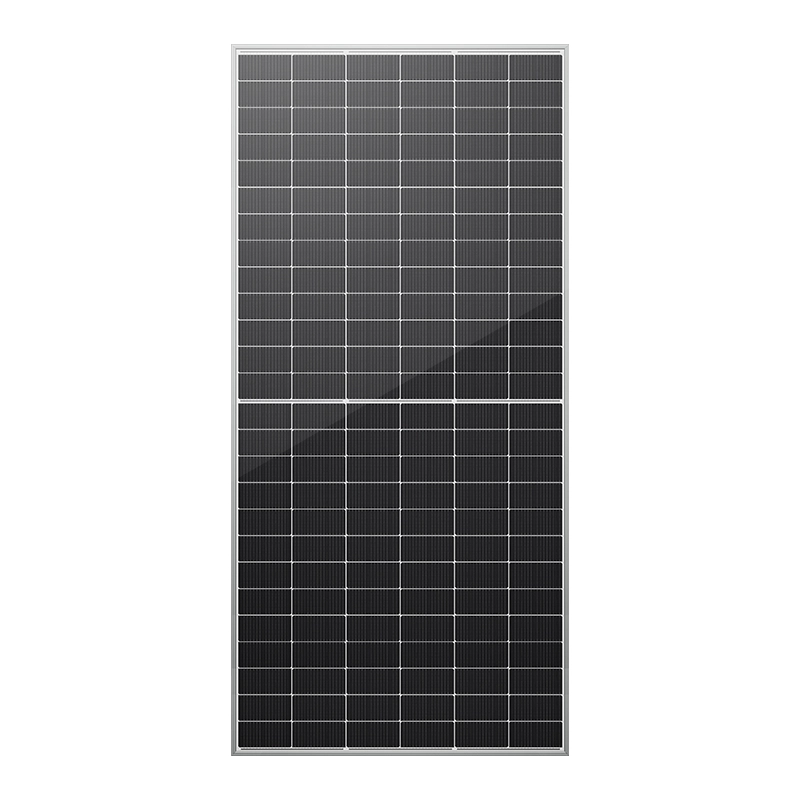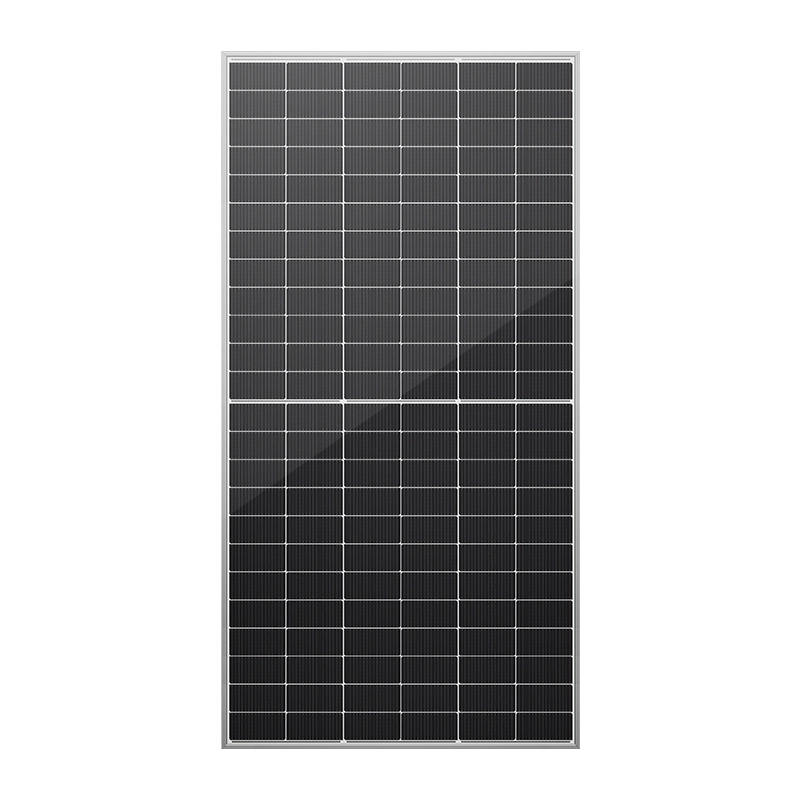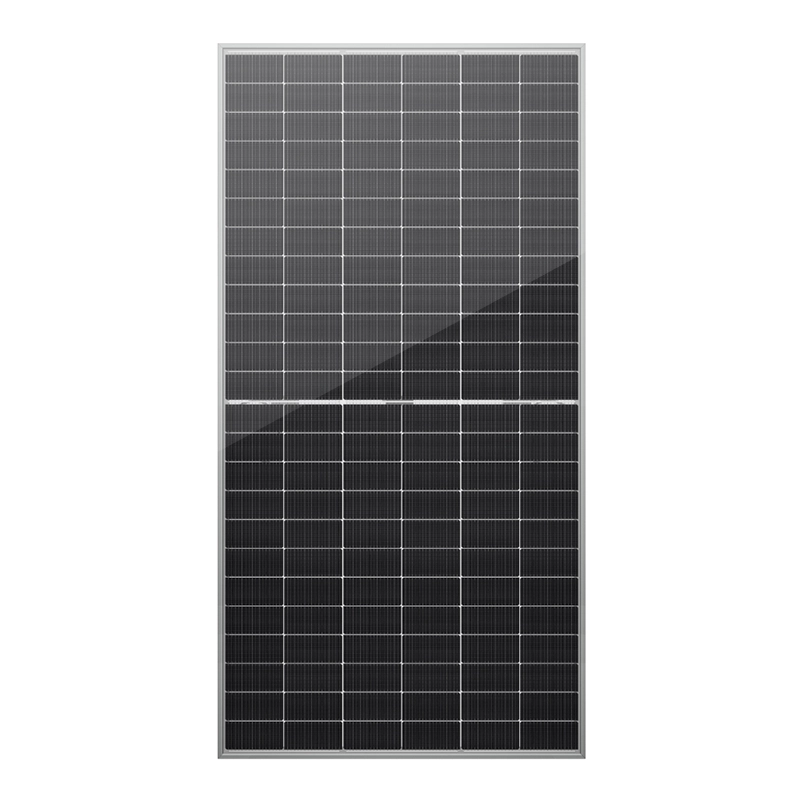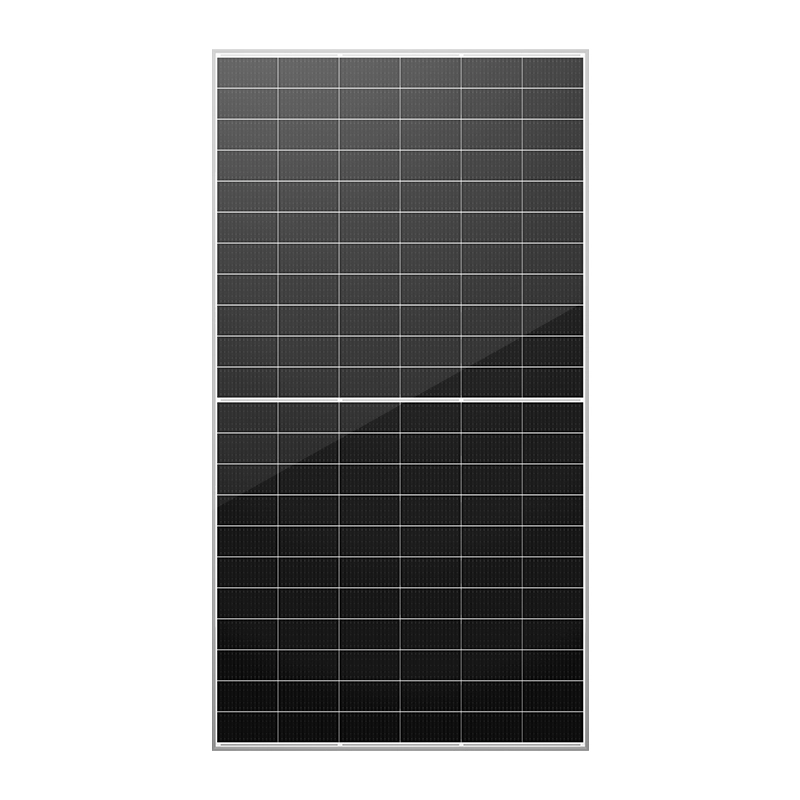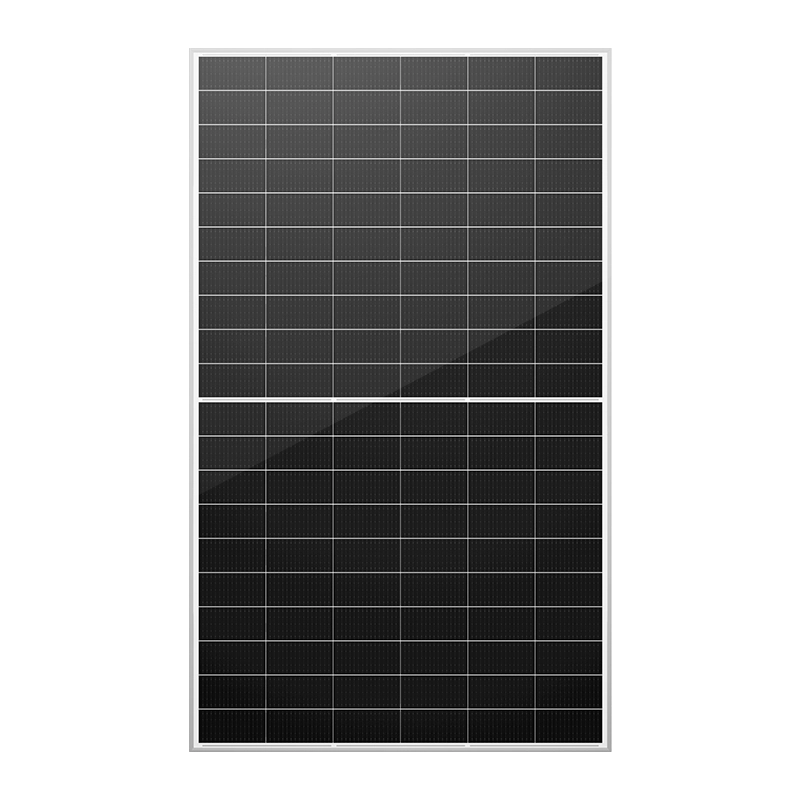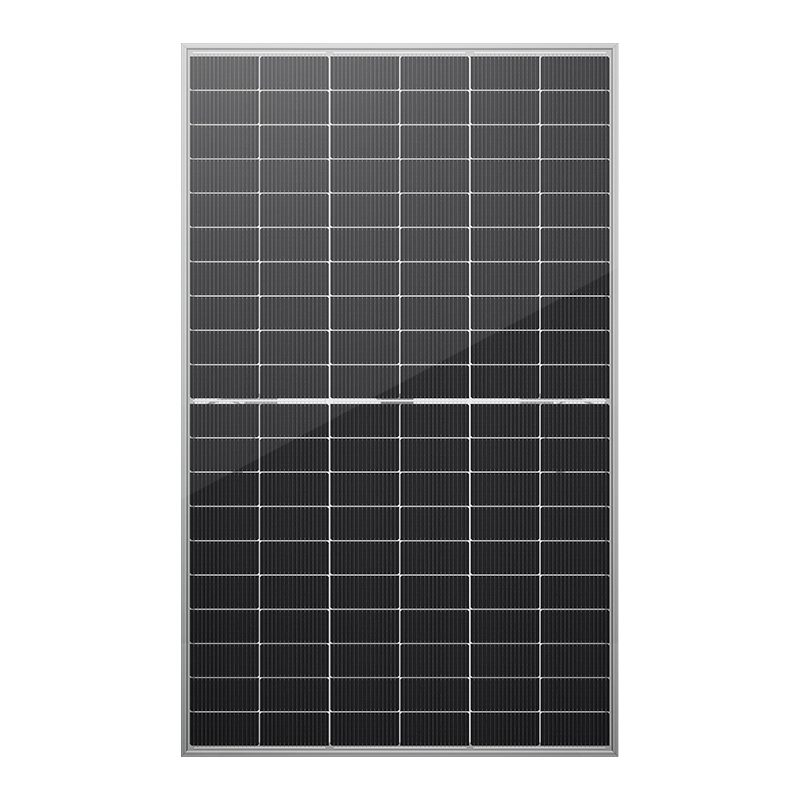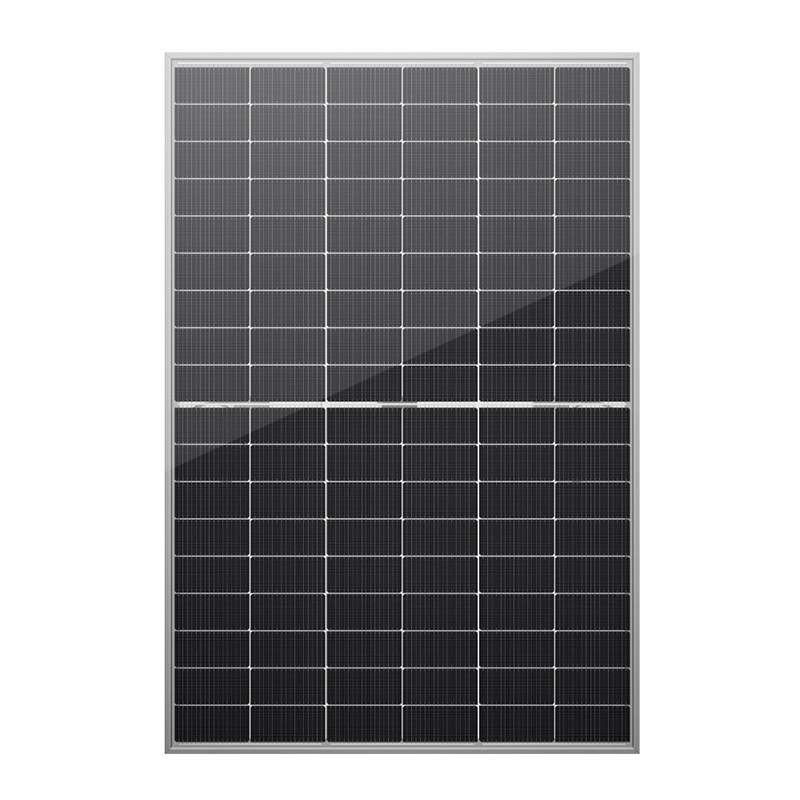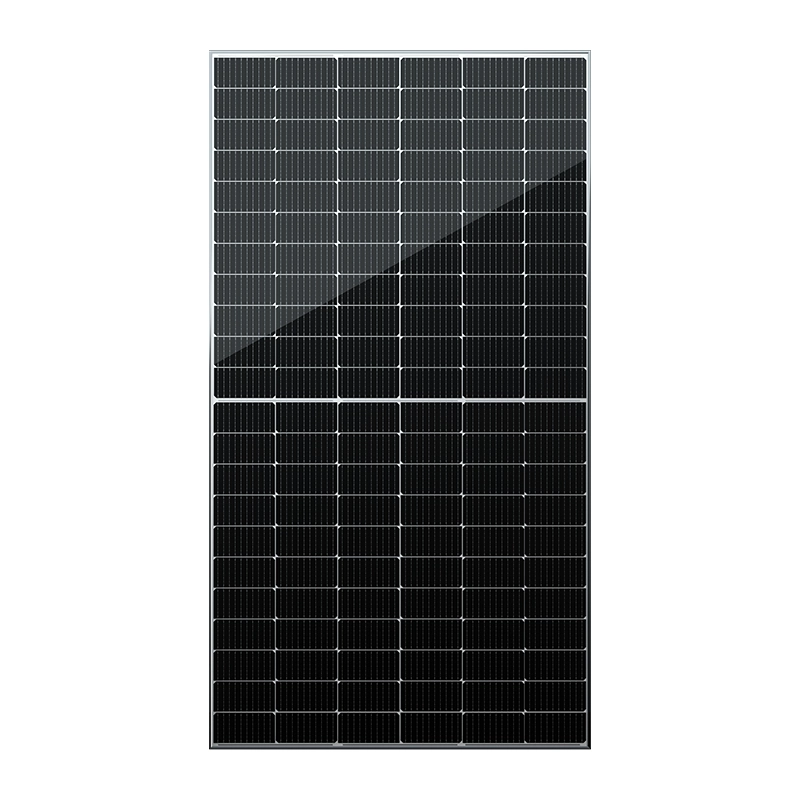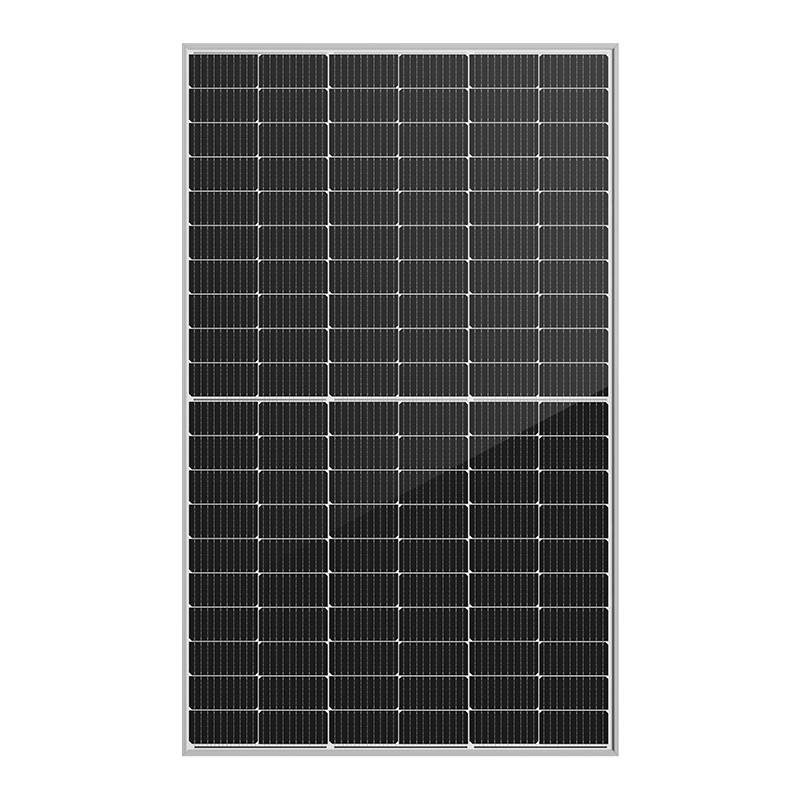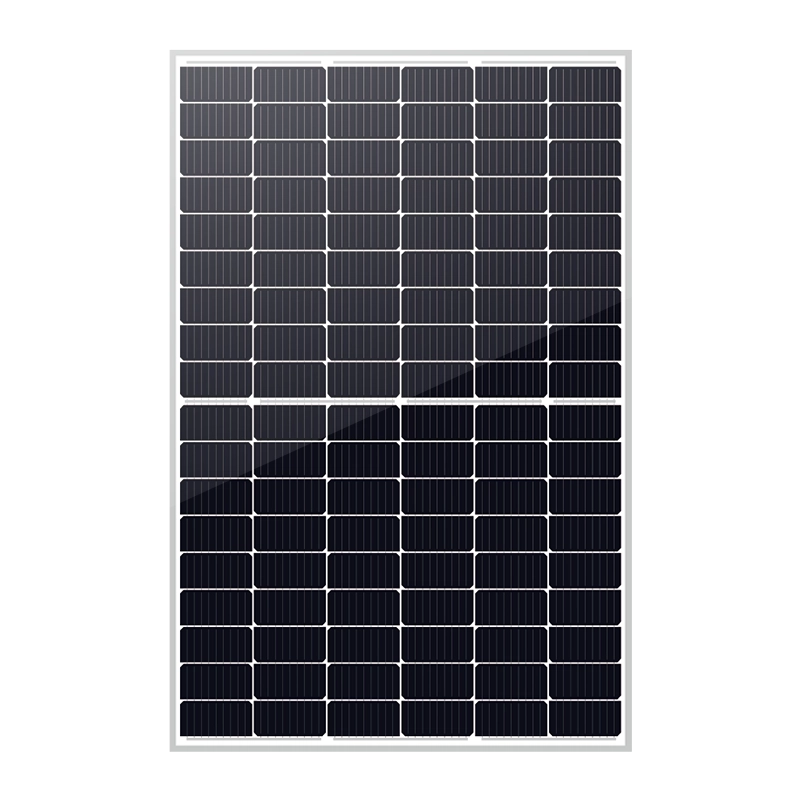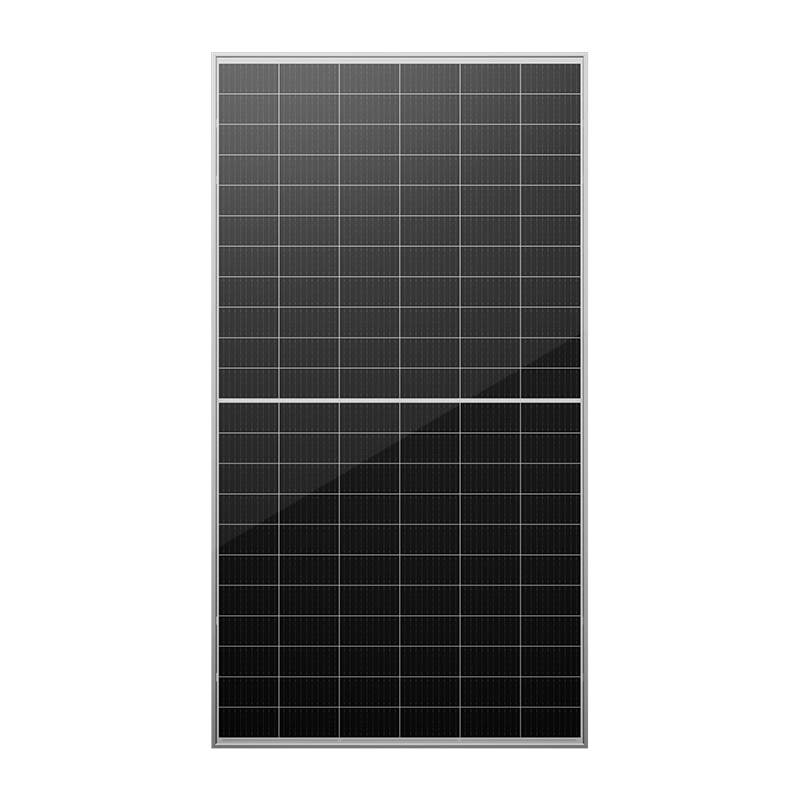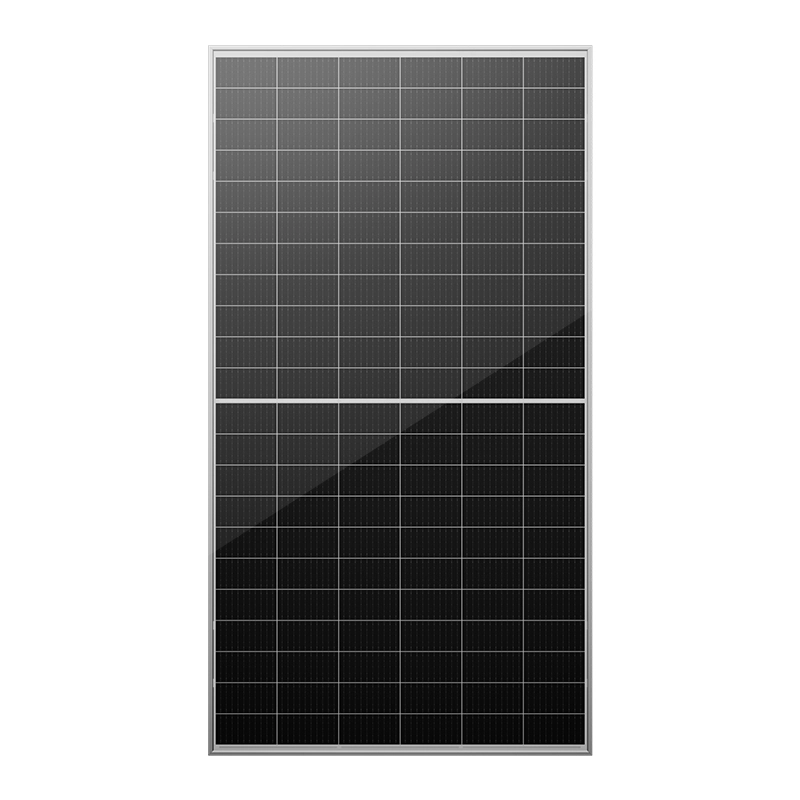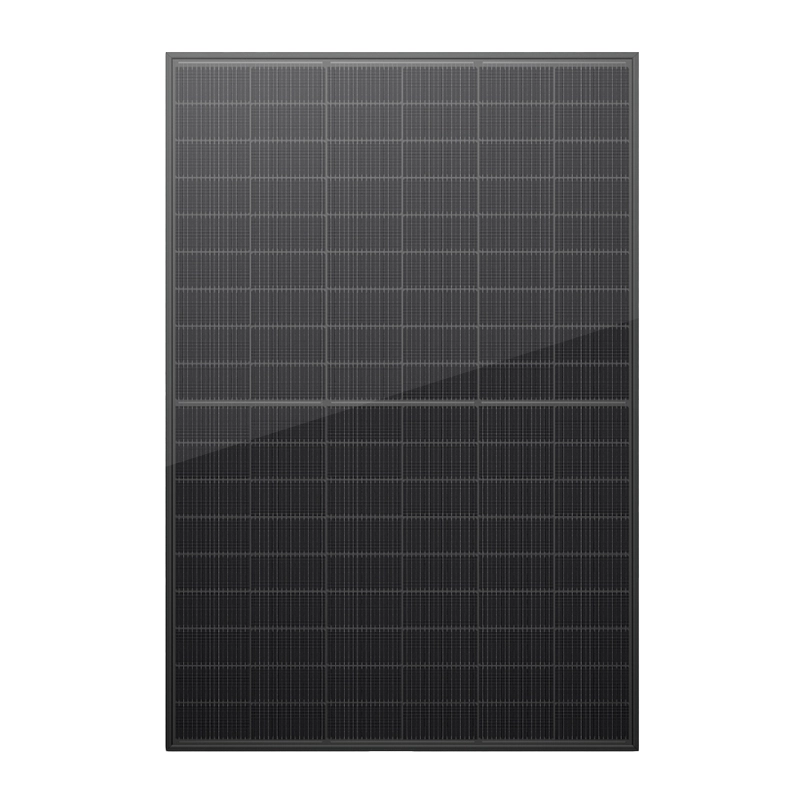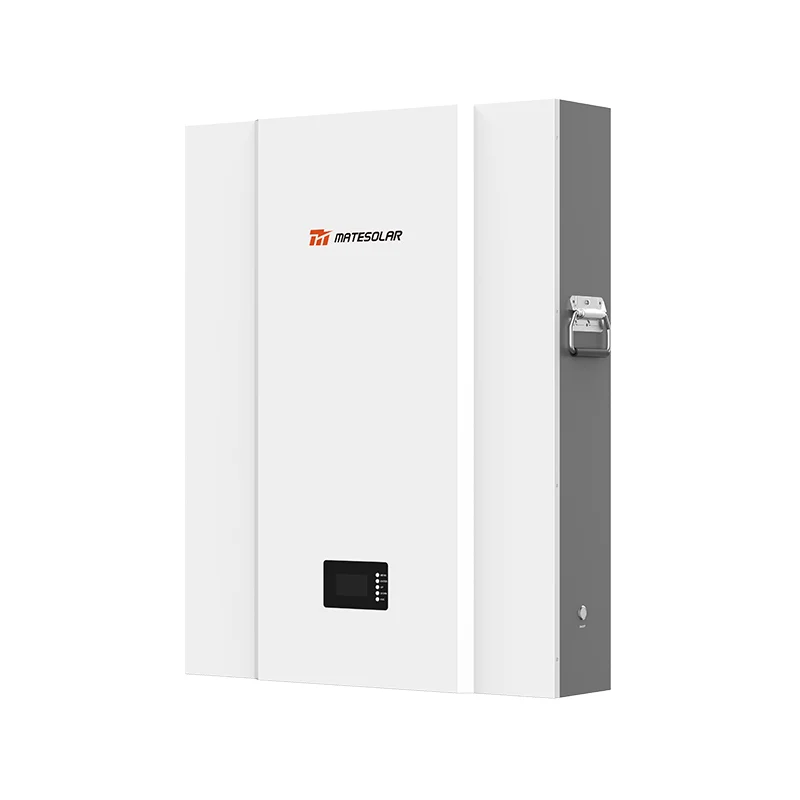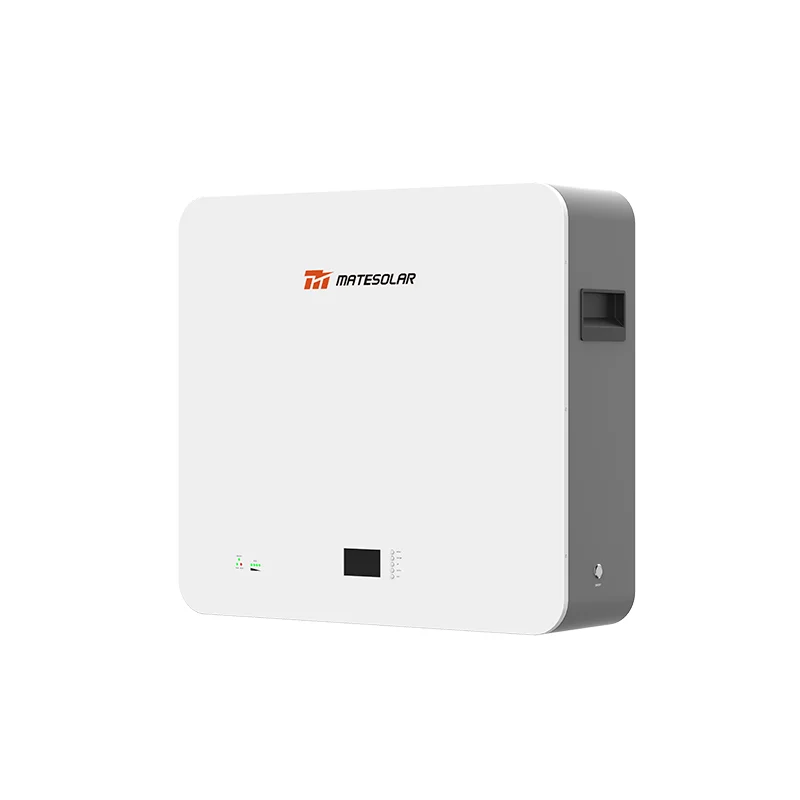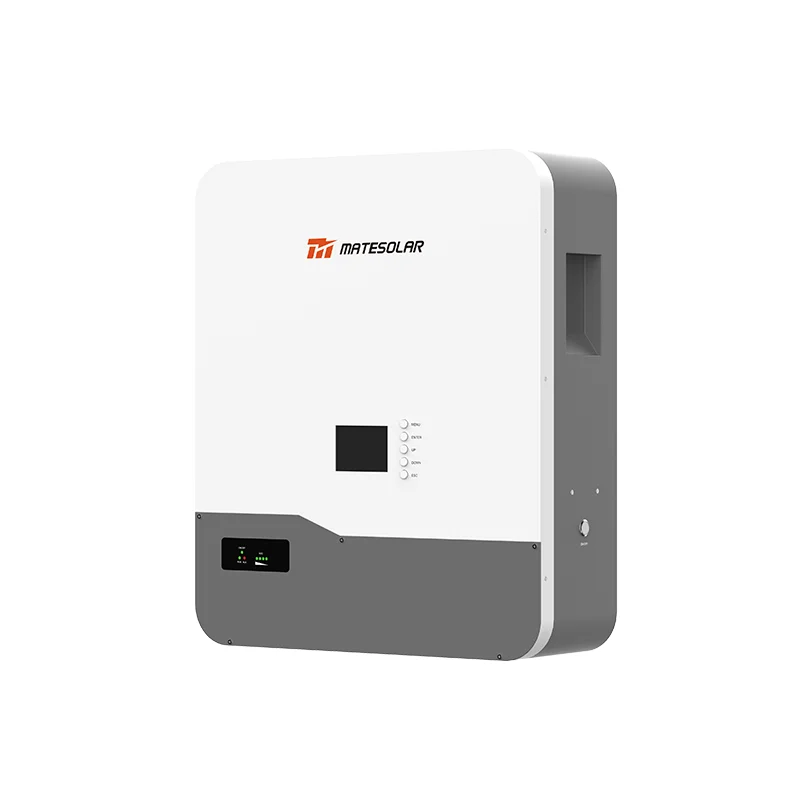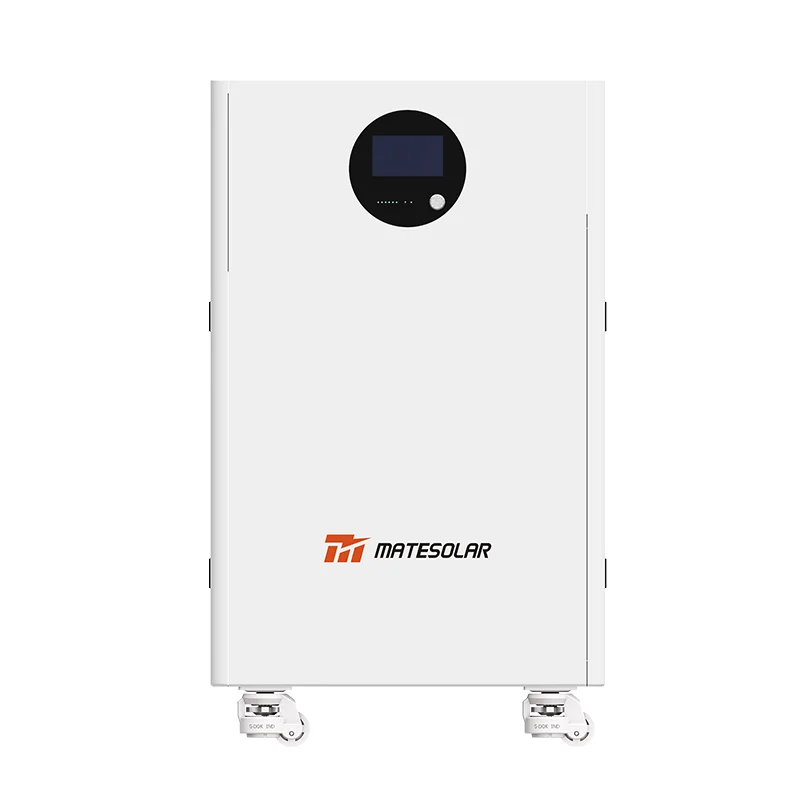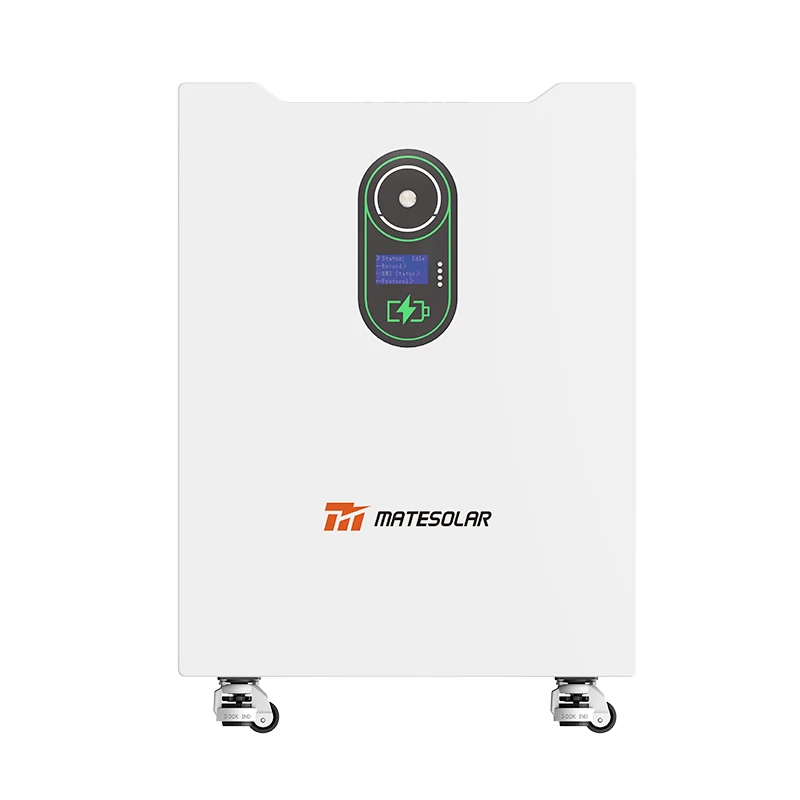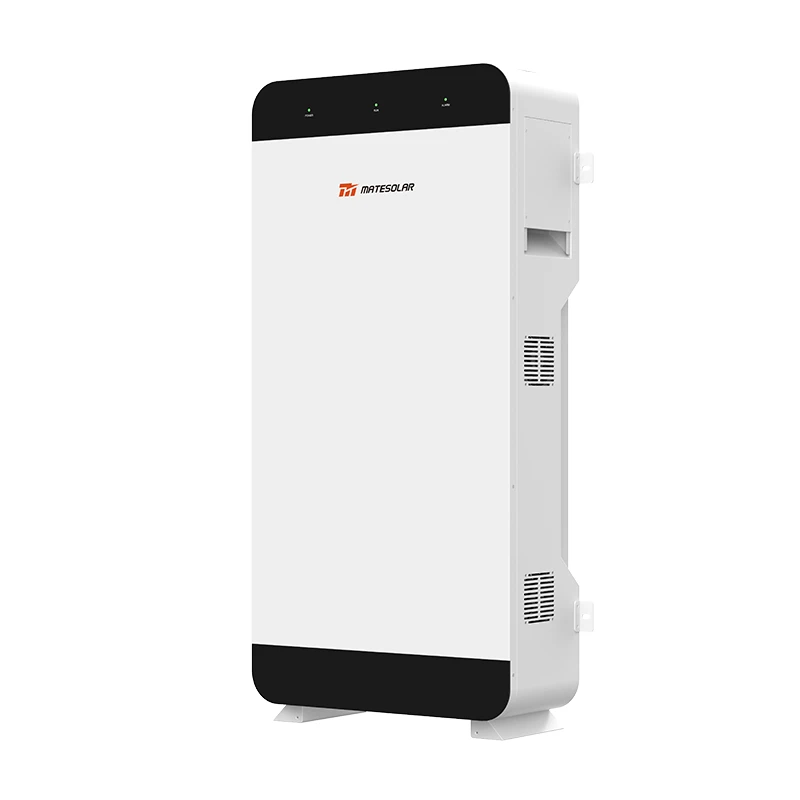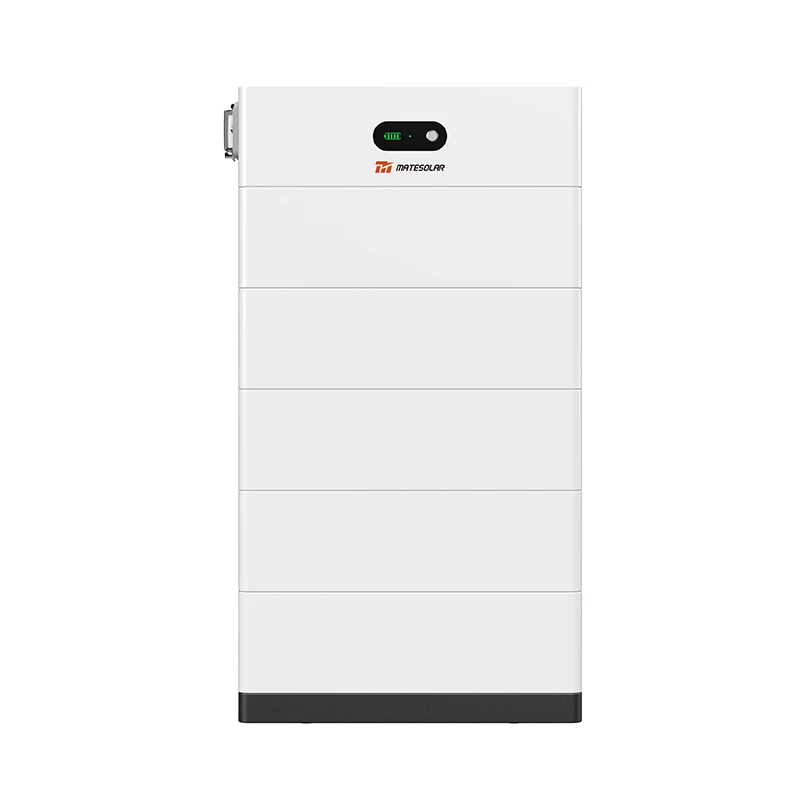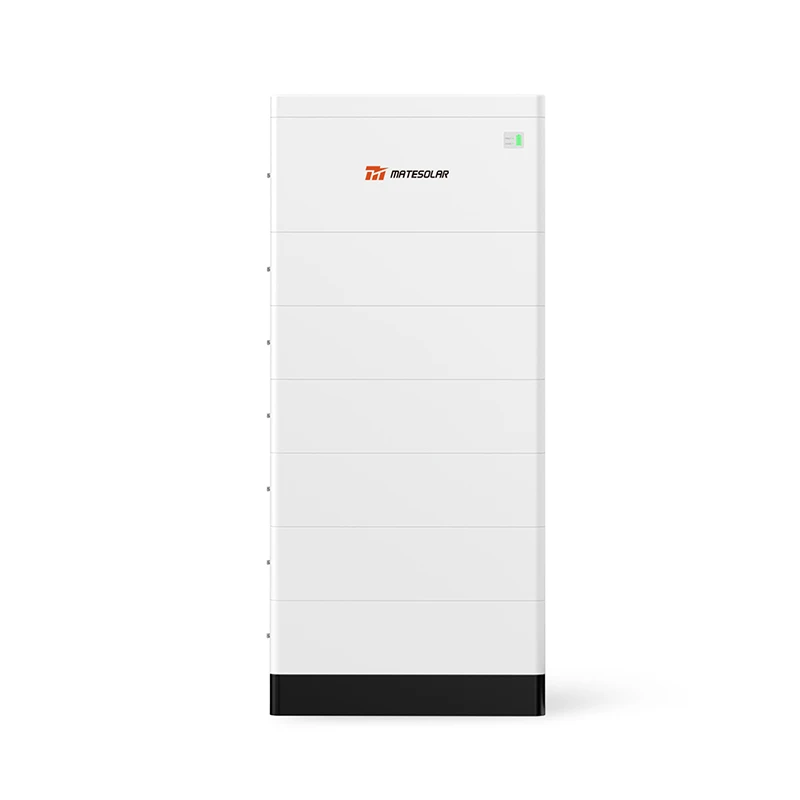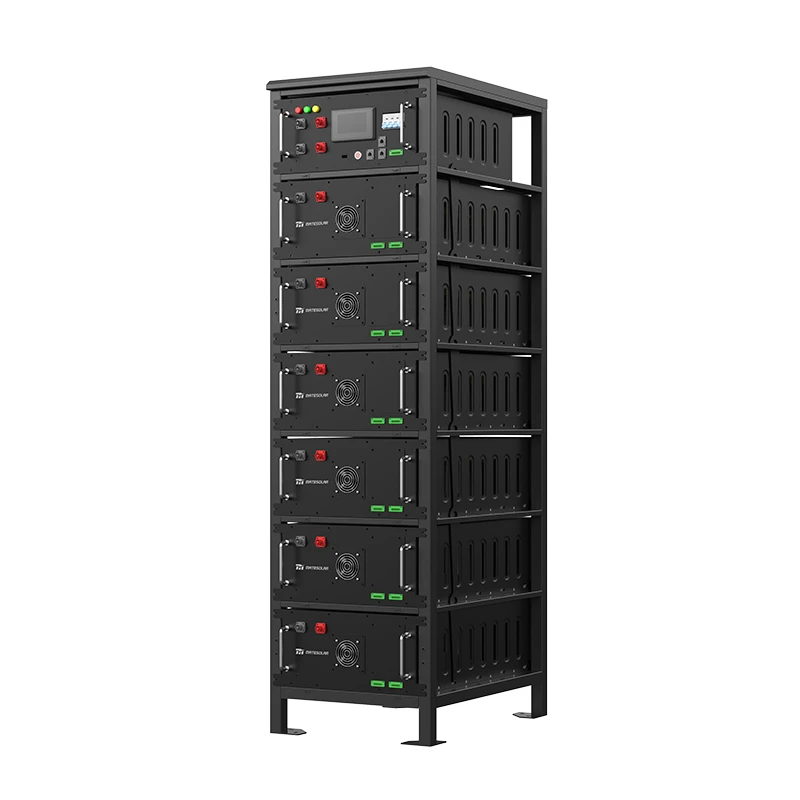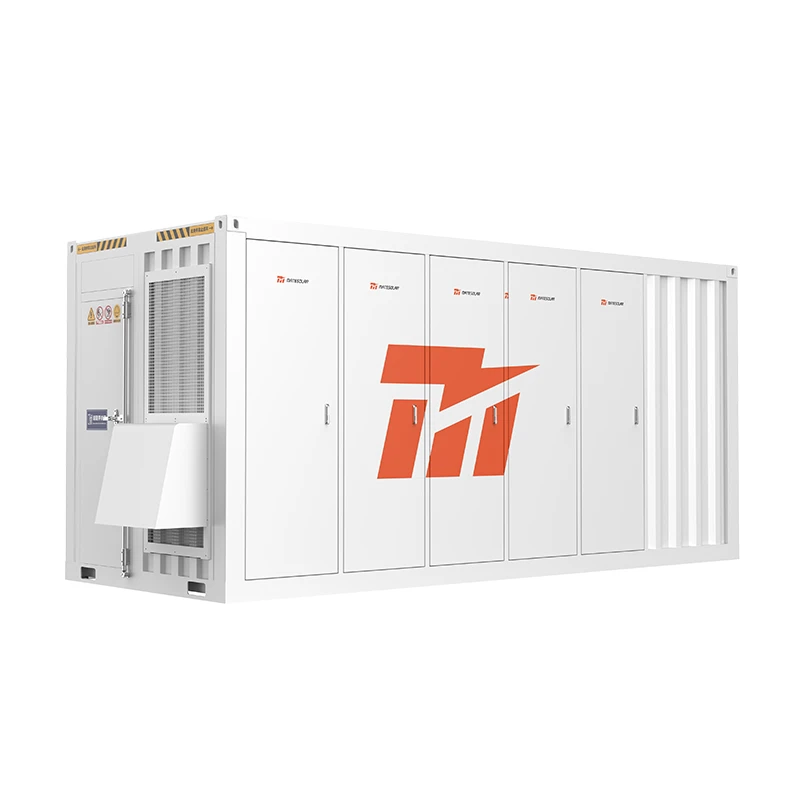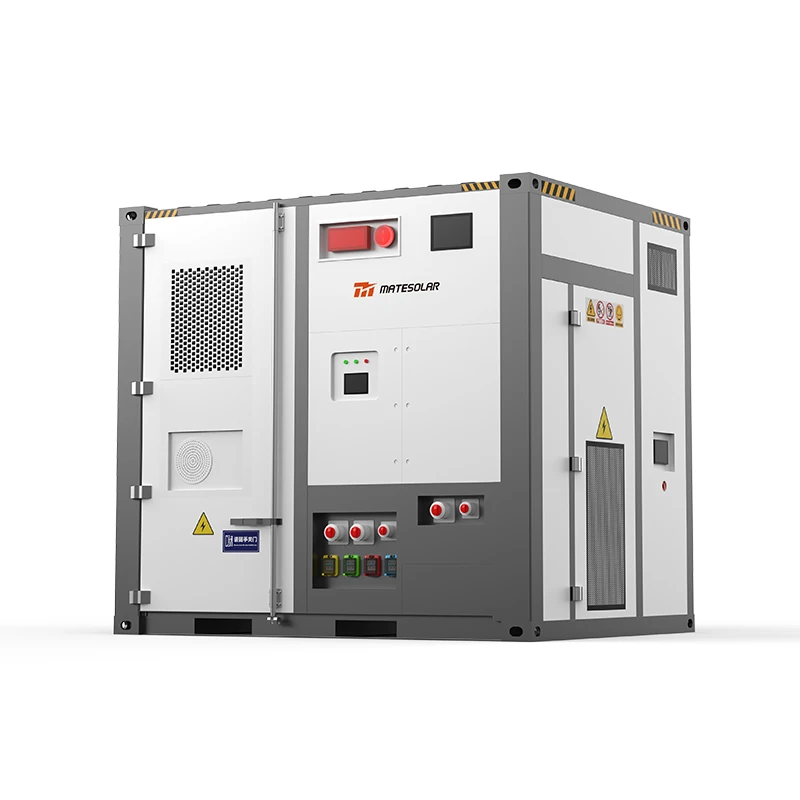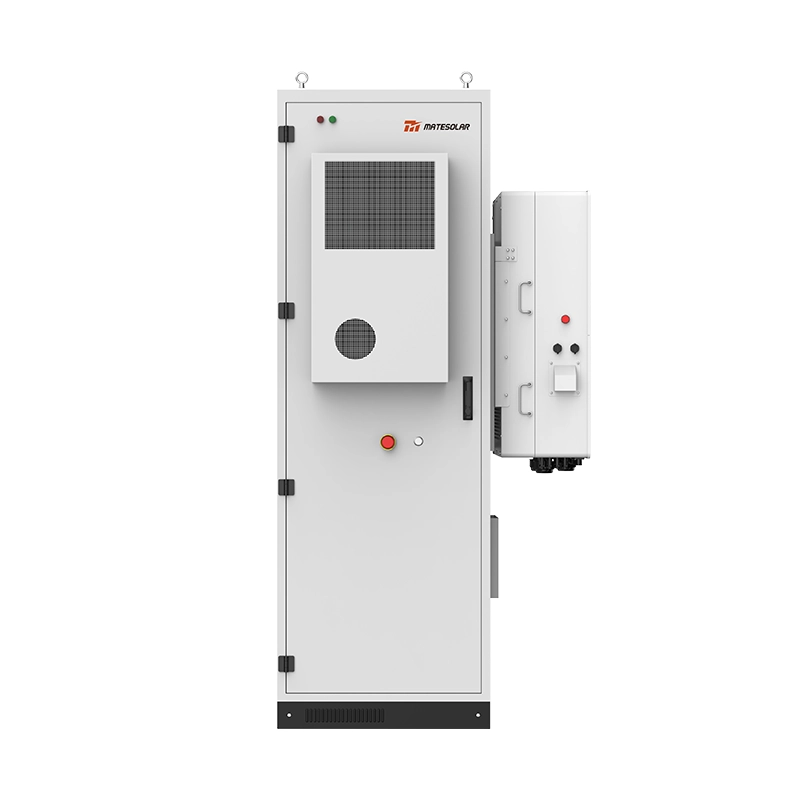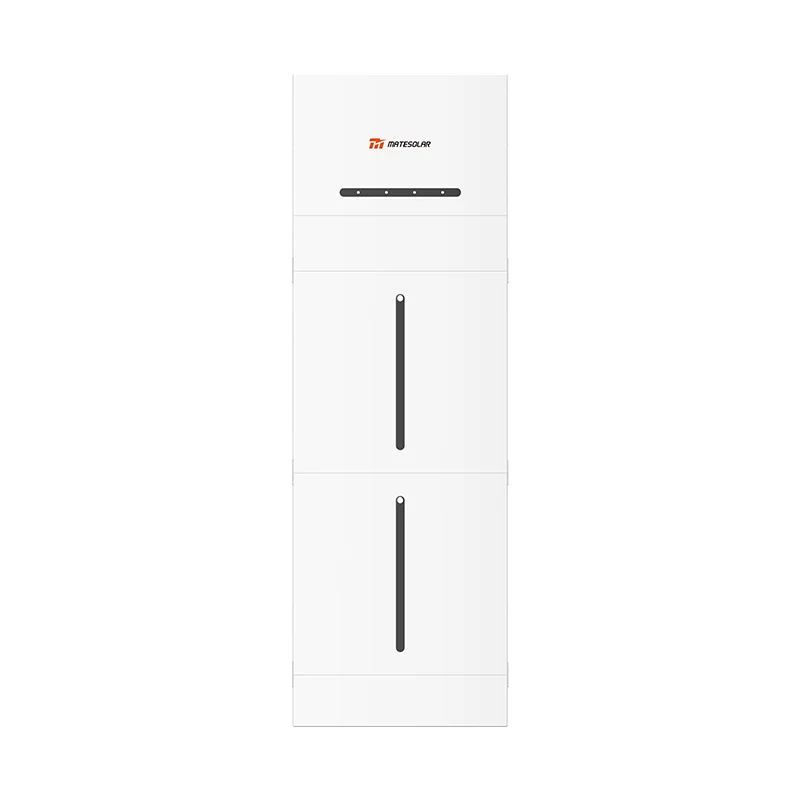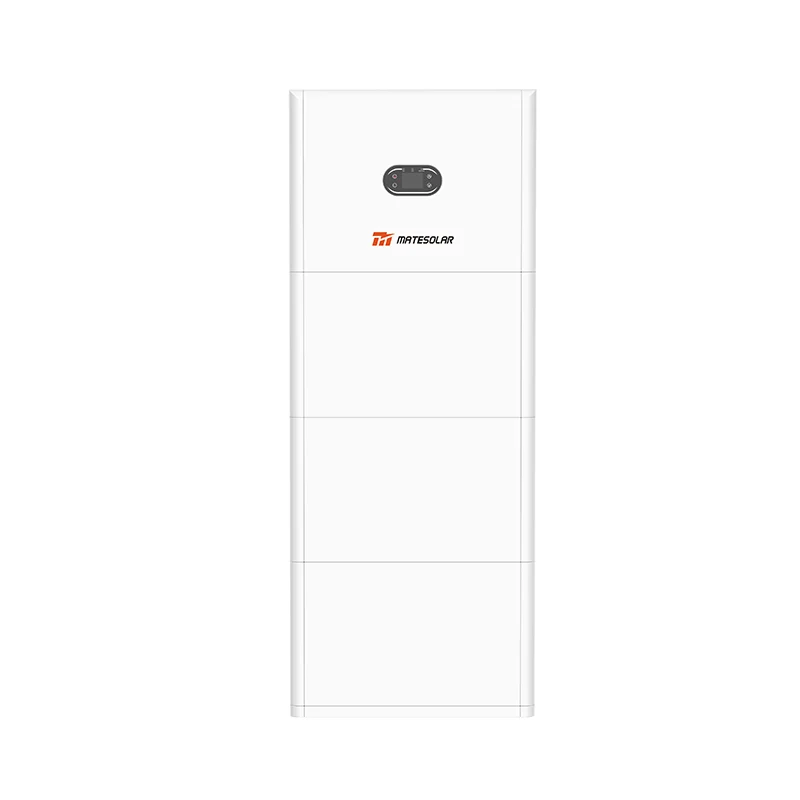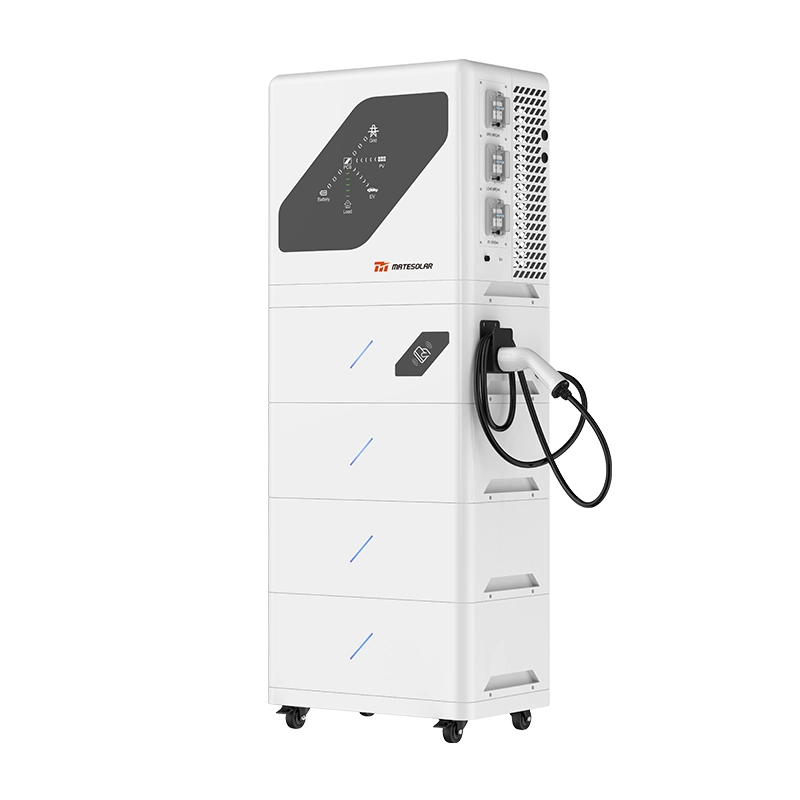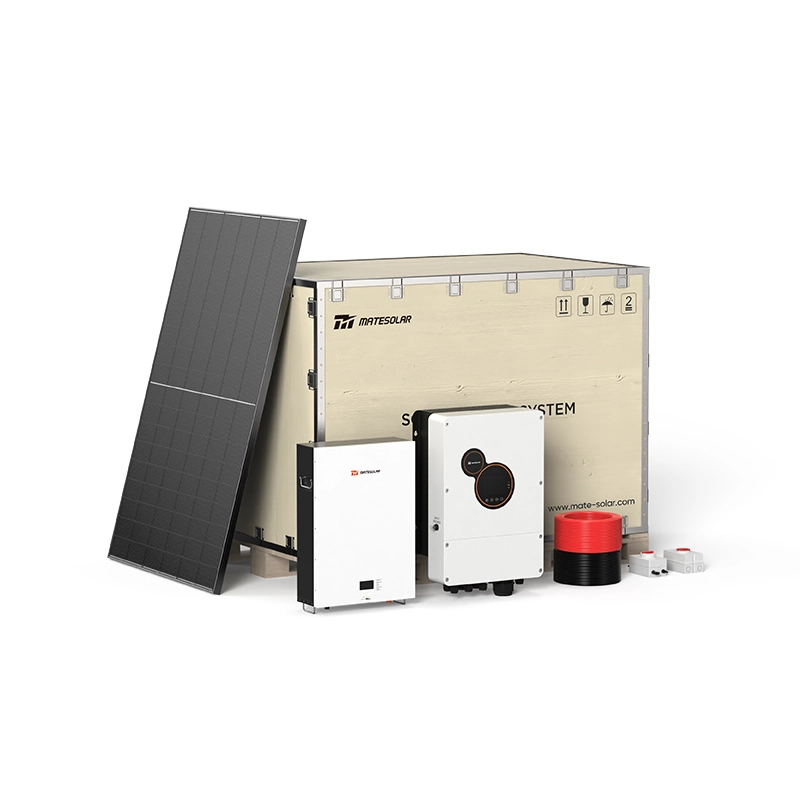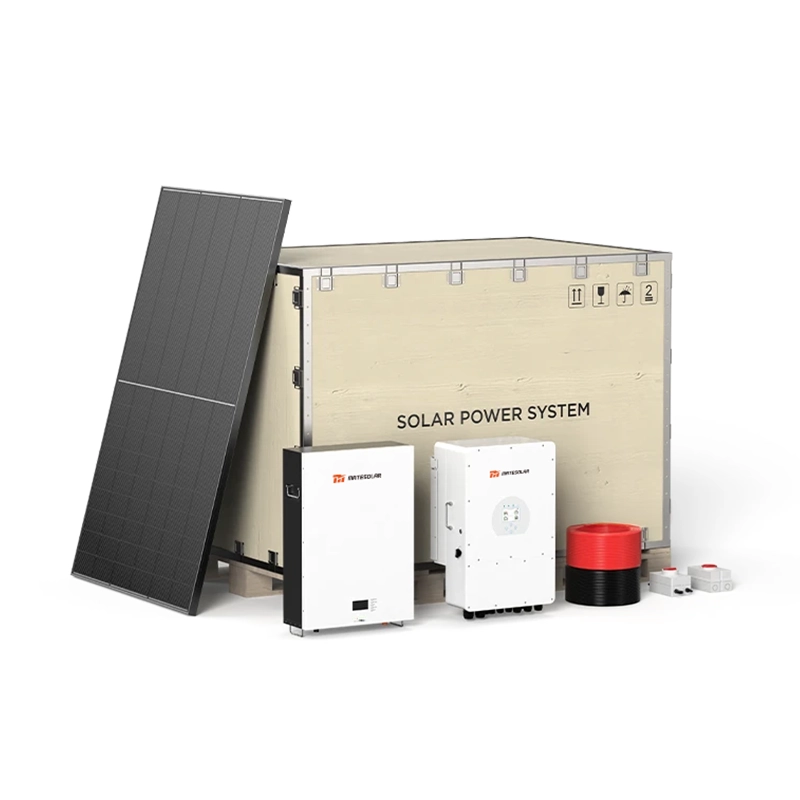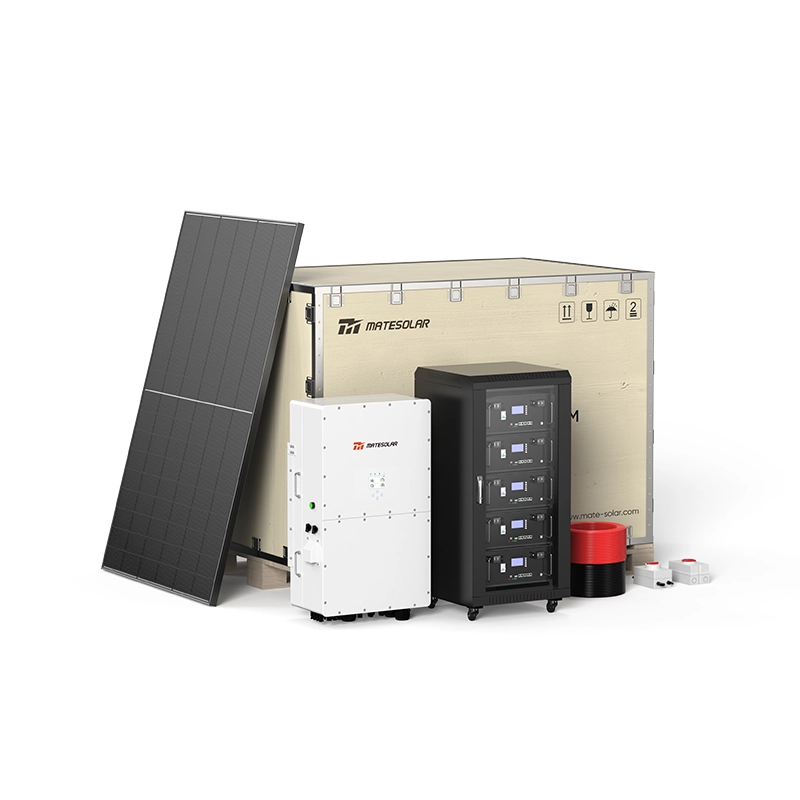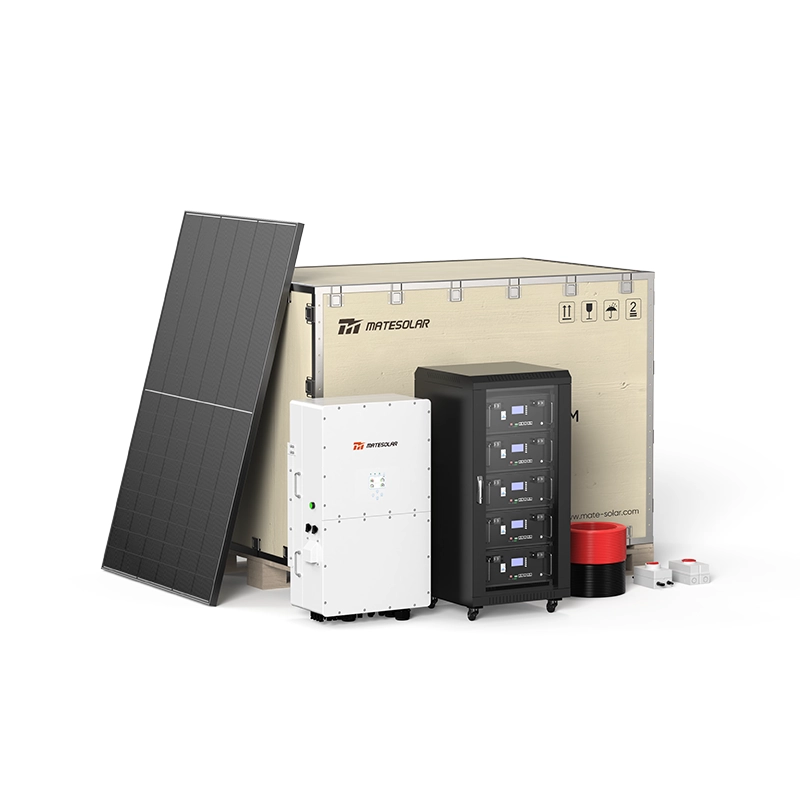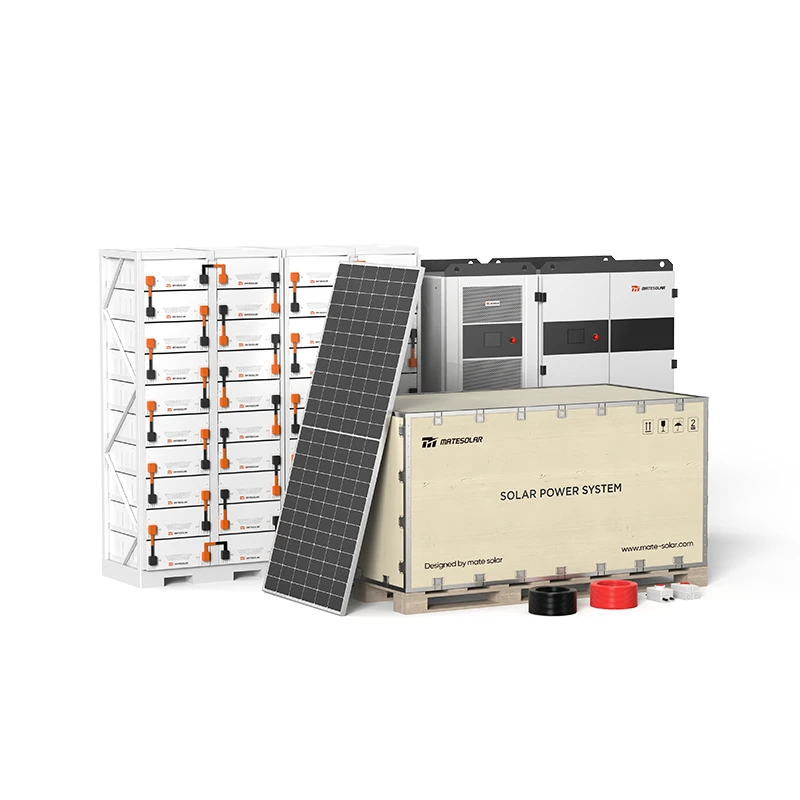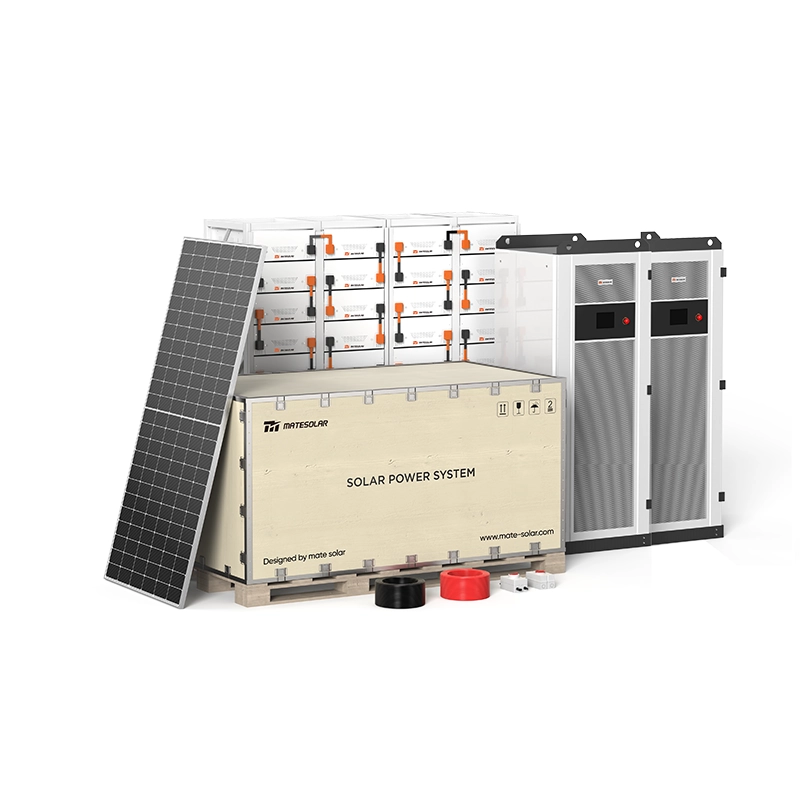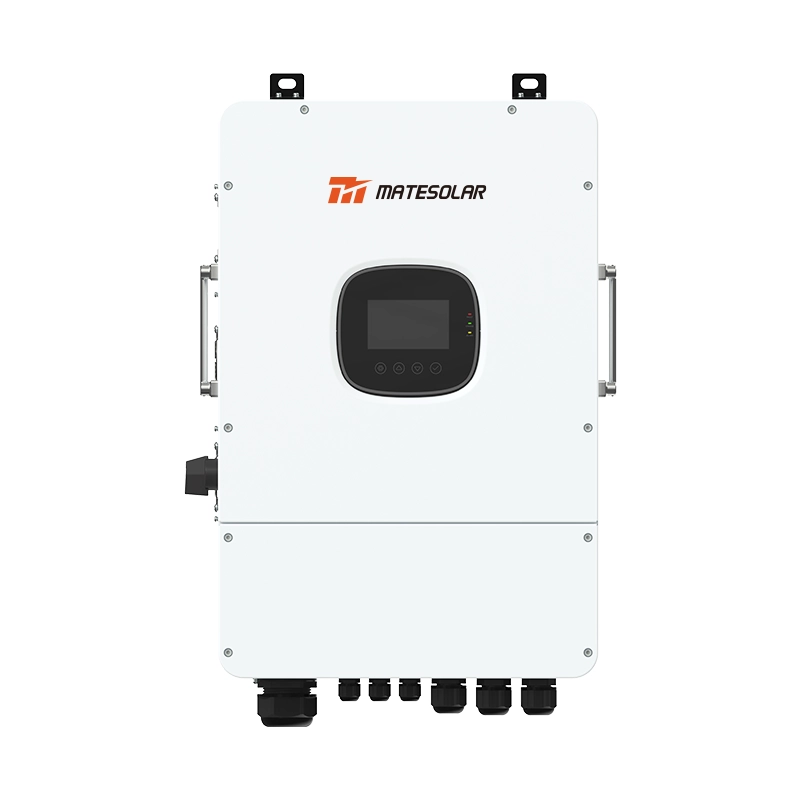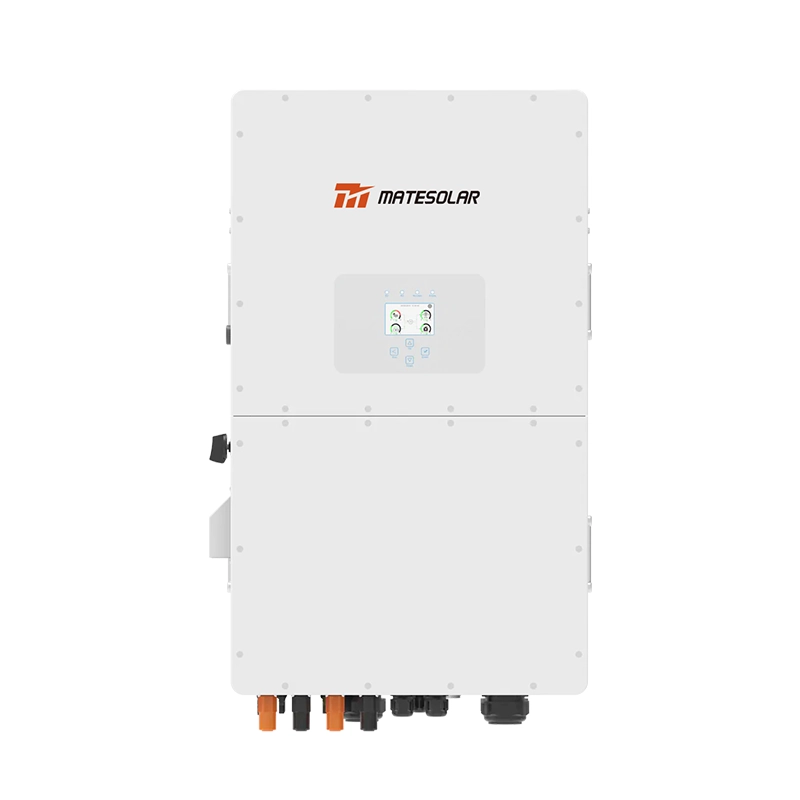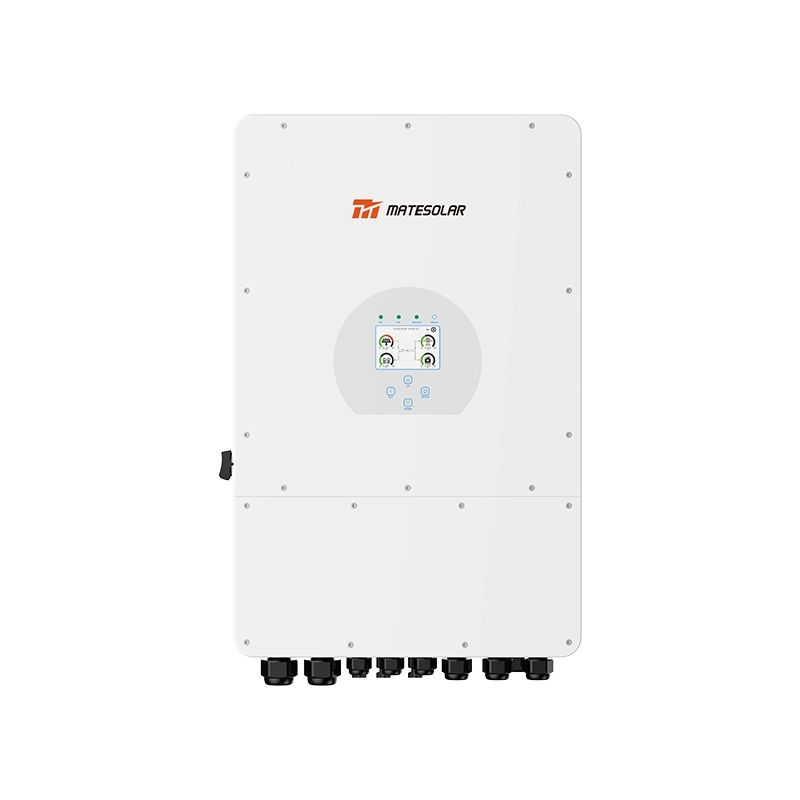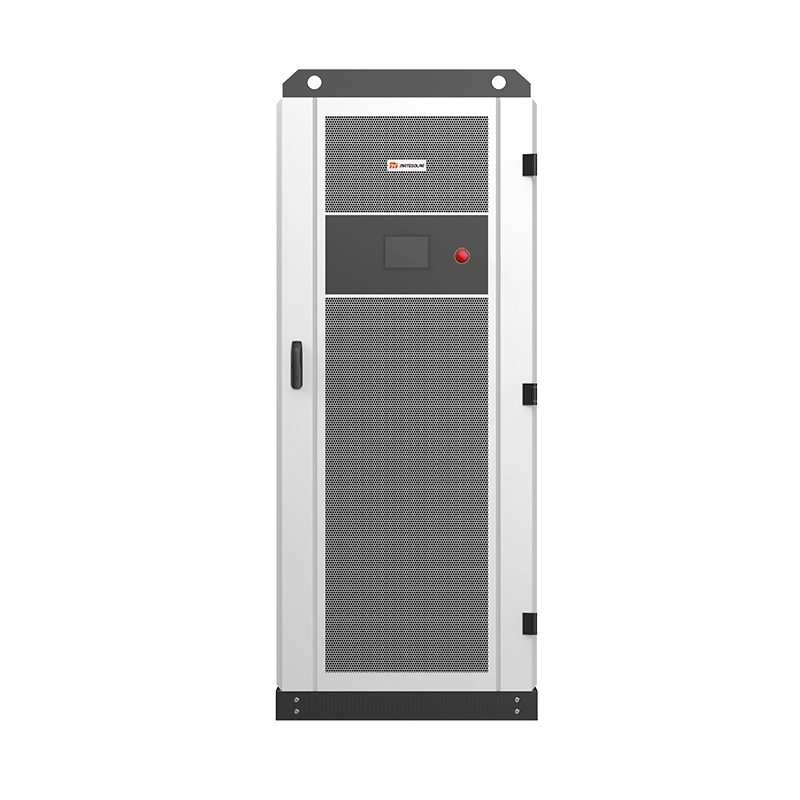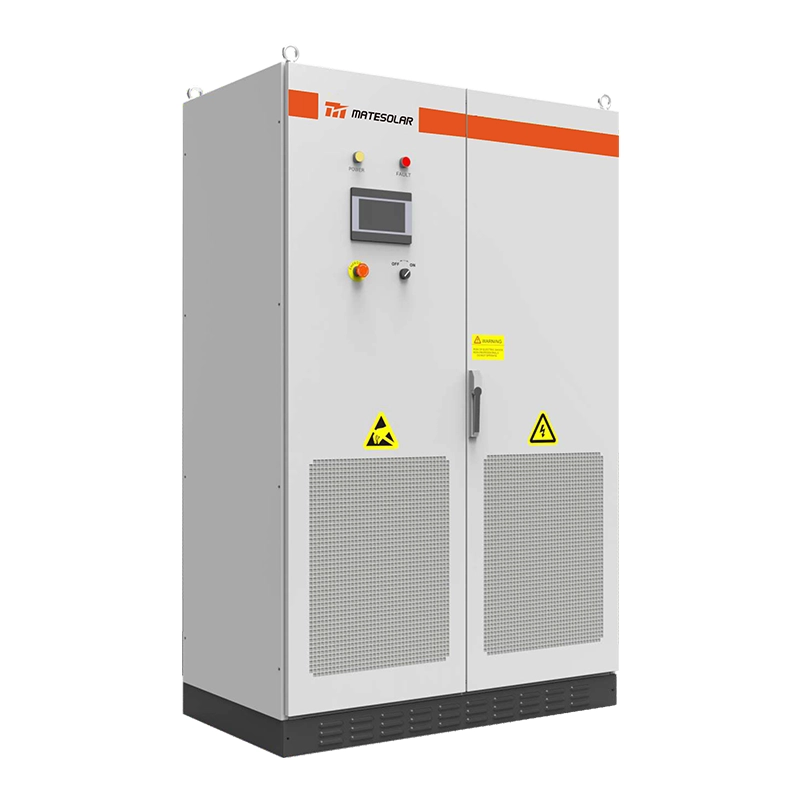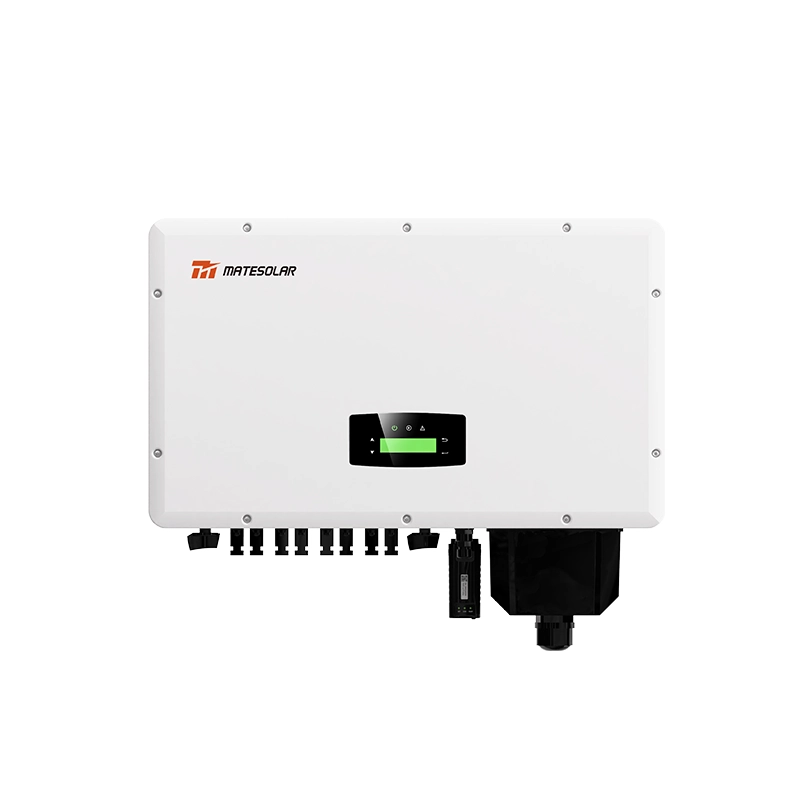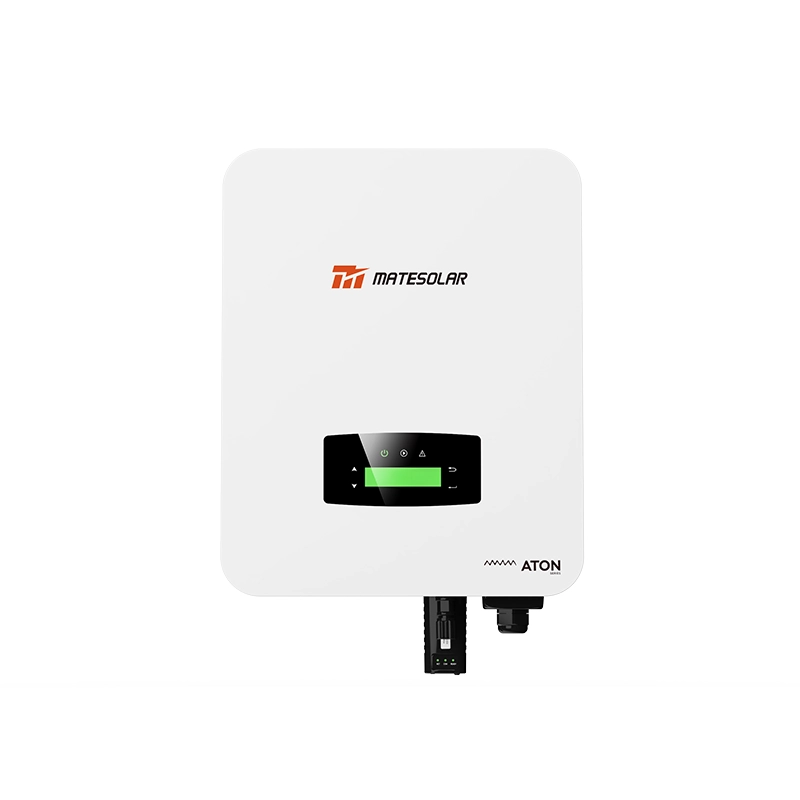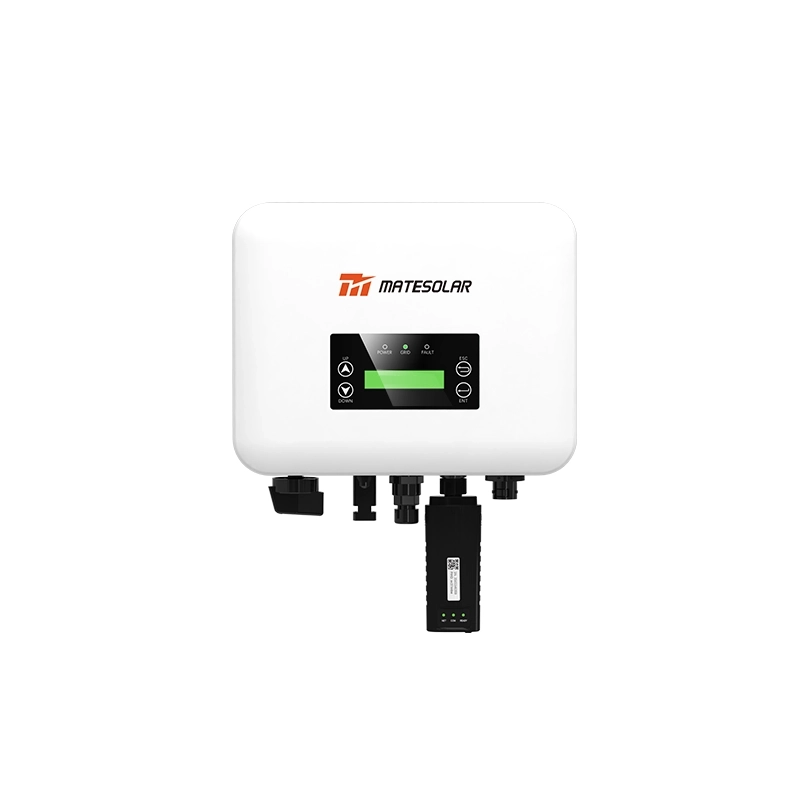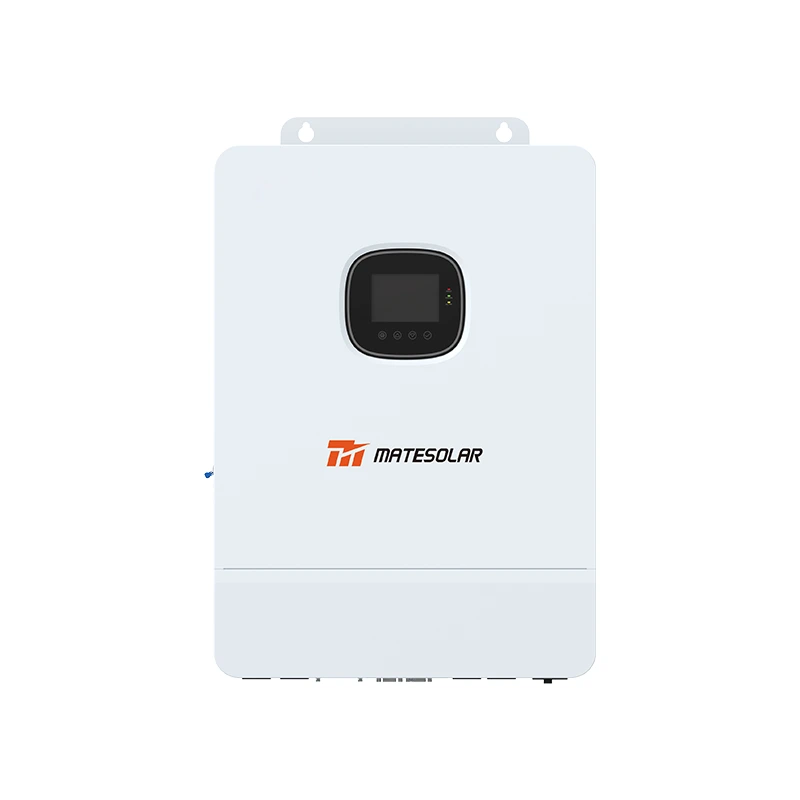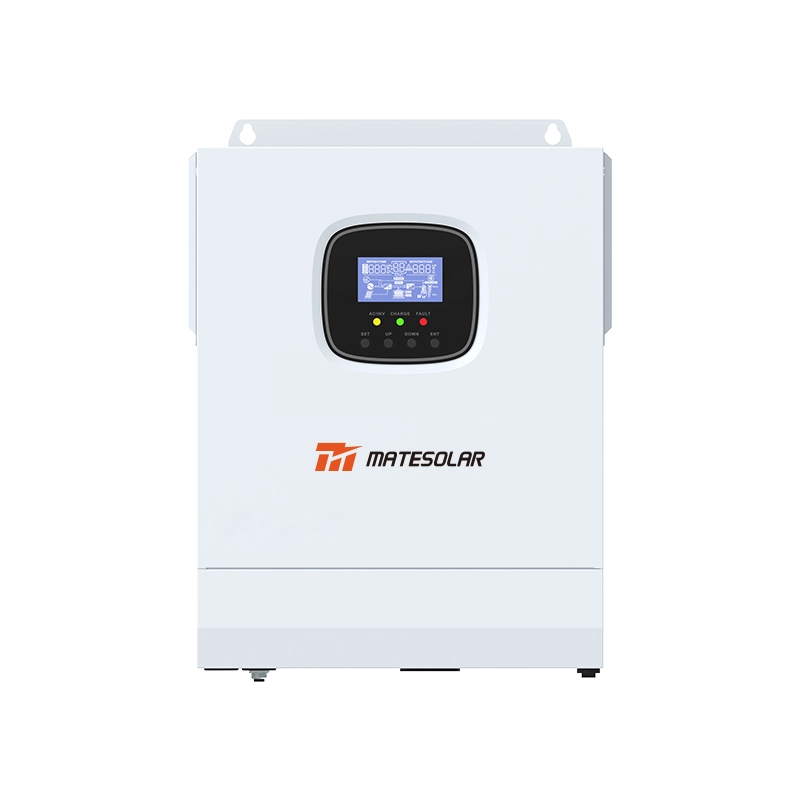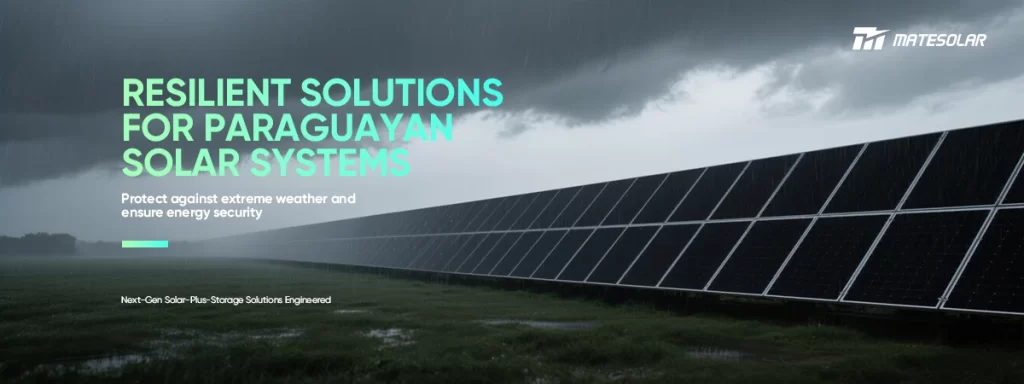
In the dynamic landscape of South American energy, Paraguay stands at a crossroads, with its vast solar potential clashing against the backdrop of a challenging climate. The nation's subtropical climate, characterized by distinct wet and dry seasons, extreme temperature swings, and intense solar irradiance, poses unique obstacles to the seamless operation of solar energy systems. However, a new wave of technological innovation, spearheaded by MateSolar, is set to transform Paraguay's solar energy sector, ensuring reliability and efficiency even in the face of harsh environmental conditions.
Paraguay's Climate: A Double-Edged Sword for Solar Energy
Paraguay's climate is a complex tapestry of weather patterns that both offer opportunities and present challenges for solar energy development. The country's high solar irradiance, averaging 4-6 kWh/m²/day depending on the season, positions it as an ideal candidate for solar power generation. However, the accompanying extreme weather conditions can quickly turn this advantage into a liability.
| Climate Parameter | Wet Season (October - March) | Dry Season (April - September) |
| Average Rainfall | 150-250 mm/month | 10-30 mm/month |
| Average Temperature | 25-30°C (77 - 86°F) | 30-35°C (86 - 95°F) |
| Solar Irradiance | 4-5 kWh/m²/day | 5-6kWh/m²/day |
During the wet season, heavy rainfall and the threat of flooding can inundate solar installations, causing damage to electrical components and increasing the risk of corrosion. The high humidity levels also accelerate the degradation of materials, reducing the lifespan of solar panels and other equipment. Conversely, the dry season brings its own set of challenges, with scorching temperatures often exceeding 35°C (95°F). These elevated temperatures can significantly reduce the efficiency of solar panels, as the performance of photovoltaic cells is highly sensitive to temperature fluctuations. Additionally, the intense solar irradiance during the dry season subjects panels to prolonged UV radiation, further accelerating material degradation.
MateSolar's Innovative Solutions: Building Resilience in the Face of Climate Challenges
MateSolar, a leading provider of integrated solar energy storage solutions, has developed a comprehensive suite of technologies to address Paraguay's climate-related challenges. By combining advanced materials, intelligent thermal management systems, and real-time monitoring and predictive maintenance, MateSolar is ensuring the long - term reliability and efficiency of its solar systems.
Advanced Material Innovations for Durability and Performance
MateSolar's solar panels are engineered with a focus on durability and performance in extreme climates. The panels feature a special anti-reflective and anti-UV coating that not only enhances light absorption but also provides robust protection against UV damage. Constructed with durable tempered glass and a corrosion-resistant aluminum frame, these panels are designed to withstand the harshest Paraguayan weather conditions for decades.
Inverters and energy storage system enclosures are also built to withstand the elements, meeting the IP67 standard. This means they can be submerged in water up to 1 meter deep for 30 minutes without damage, providing reliable protection during heavy rainfall and flooding. The use of high-quality, weather-resistant materials throughout the system ensures that it can operate seamlessly in Paraguay's challenging climate.
Intelligent Thermal Management: Maintaining Optimal Performance in Extreme Heat
To counter the heat-related challenges of the dry season, MateSolar has integrated advanced thermal management systems into its solar energy storage solutions. Batteries are equipped with a state-of-the-art liquid cooling system that circulates coolant through embedded pipes, actively regulating temperature to maintain the optimal operating range of 20-25°C (68-77°F). This not only extends battery lifespan but also ensures consistent efficiency during the hottest days of the year.
Real - Time Monitoring and Predictive Maintenance: Proactive System Management
MateSolar's solar systems are equipped with state-of-the-art monitoring systems that provide real-time data on component performance. Sensors measure parameters such as solar irradiance, temperature, humidity, and power output, transmitting this data to a central control unit. Advanced algorithms then analyze the data to detect potential issues before they become major problems.
For example, if a battery module's temperature exceeds a pre-defined threshold, the system can automatically increase cooling or adjust the charging and discharging rates to prevent damage. Predictive maintenance techniques, based on historical data and usage patterns, can forecast component failures, enabling proactive maintenance and reducing downtime. This proactive approach to system management ensures that MateSolar's solar systems operate at peak efficiency, minimizing the risk of unexpected failures.
Technical Q&A: Addressing Key Concerns
Question: How does MateSolar protect its solar systems from lightning strikes, which are common during the wet season in Paraguay?
Answer: MateSolar's solar systems are equipped with a comprehensive lightning protection system. Lightning arresters are installed at strategic points in the electrical circuit, such as the inverter input and output and the grid connection. These arresters are designed to divert high-energy lightning currents safely to the ground, protecting sensitive electrical components from damage. The system's grounding is carefully engineered to provide a low-resistance path for the lightning current, further enhancing safety and reliability.
Question: Can MateSolar's solar systems continue to operate during power outages?
Answer: Yes, MateSolar's integrated solar energy storage systems are designed to operate in off-grid mode during power outages. Energy stored in the batteries can power essential loads, such as lights, refrigerators, and medical equipment. The system is equipped with an automatic transfer switch that detects grid power loss and seamlessly switches to battery power. When grid power is restored, the system automatically switches back to grid - tied mode and begins recharging the batteries, ensuring continuous power supply.
Cost - Benefit Analysis: Long-Term Savings with MateSolar
While the initial investment in MateSolar's advanced solar systems may be higher than that of conventional systems, the long-term cost savings are substantial. The use of high-quality materials and advanced technologies reduces the need for frequent maintenance and component replacement. A recent study shows that MateSolar's solar systems have a 30% lower maintenance cost than traditional systems over a 20-year period.
The increased efficiency and reliability of the systems result in higher energy production, significantly reducing electricity bills for customers. Depending on system size and local electricity tariffs, customers can expect a return on investment within 5-7 years. Additionally, the long-term durability of MateSolar's systems means that they can continue to generate clean energy for decades, providing a stable and cost-effective energy solution.
MateSolar: Your Trusted Partner in Sustainable Energy
MateSolar is committed to providing customized solar energy solutions for customers in Paraguay and around the world. With a team of experienced engineers and technicians, the company offers end-to-end services, including system design, installation, maintenance, and monitoring. Whether it's a small residential solar system, a large commercial project, or an industrial-scale energy storage solution, MateSolar has the expertise and resources to deliver high-quality, reliable, and cost-effective solutions.
As Paraguay continues its journey towards a more sustainable energy future, MateSolar is proud to be at the forefront, offering innovative solutions that can withstand the harshest climate conditions and fully exploit the country's solar energy potential. MateSolar-Your One-Stop Integrated Solar Energy Storage Solution Provider.





